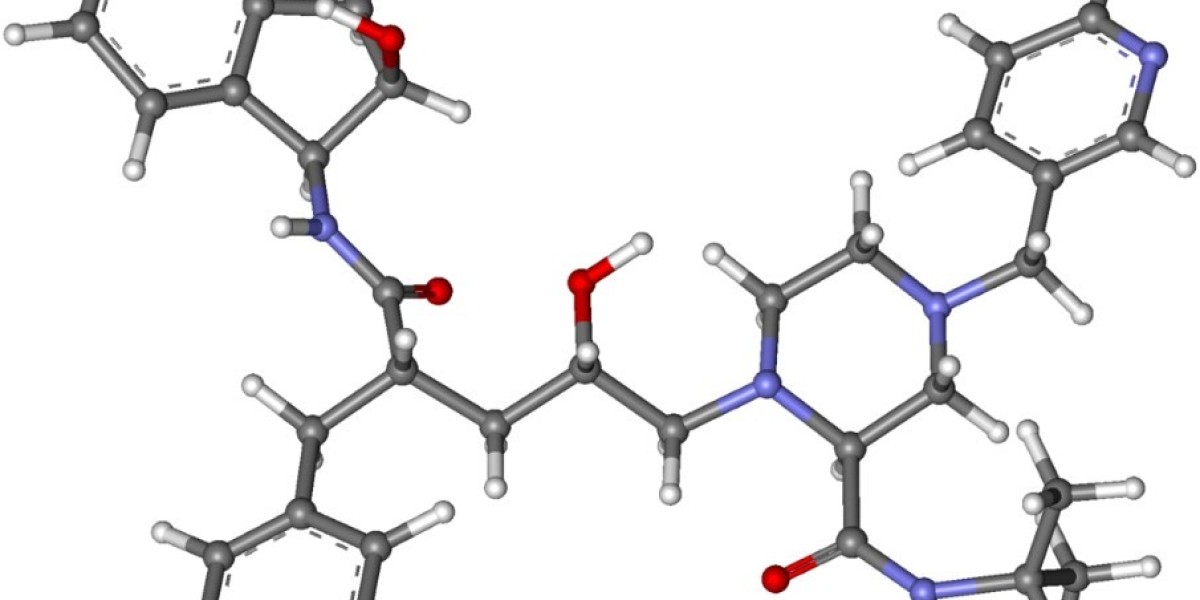The complement system, a key component of the innate immune response, predates adaptive immunity by millions of years. Recent research has highlighted its crucial role in cell communication and immune regulation, serving as a link between innate and adaptive immunity.
Key Functions of the Complement System
The complement system is vital for both defending against infections and contributing to autoimmune disease development. Its primary functions include lysing cells, bacteria, and viruses, and initiating phagocytosis through opsonization. Additionally, it triggers inflammation by interacting with immune system cells.
Specifically, the complement system performs the following tasks:
Tags invading pathogens with opsonins to enhance phagocytosis.
Promotes the production of inflammatory signals (e.g., histamine) and increases capillary permeability to attract macrophages and neutrophils.
Forms the membrane attack complex (MAC) to breach and destroy pathogen membranes.
Mechanism of Action
The complement system comprises various proteins and protein fragments synthesized by the liver, which circulate in the blood as inactive precursors called zymogens. These zymogens must be cleaved to become active enzymes that exert cytolytic and bactericidal effects.
Activation of the complement system can be triggered by antigen-antibody complexes, lipopolysaccharides, mannose, and peptidoglycan. Activated proteases cleave specific proteins, releasing cytokines and initiating an amplifying cascade of further cleavages.
Three primary pathways are involved in complement activation:
Classical Pathway: Initiated by the binding of C1q to antigen-antibody complexes, leading to sequential activation and formation of the MAC. This results in the swelling and rupture of target cells due to osmotic pressure changes.
Alternative Pathway: Begins with the binding of C3b to factor B. It operates independently of the immune response and is crucial during the early stages of bacterial infection before specific antibodies are produced.
Lectin complement pathway: Activated when mannose-binding lectin (MBL) or ficolin binds to mannose residues on pathogens, based on pathogen-associated molecular patterns (PAMPs). This pathway also leads to the formation of the MAC, facilitating opsonization, phagocytosis, and lysis of microorganisms.
Research and Development in Complement Therapy
While the complement system plays a critical role in pathogen defense and maintaining host homeostasis, its overactivation or insufficient activation can damage healthy cells or tissues. Addressing these double-edged effects, various complement therapeutics have been developed, including serine protease inhibitors, soluble complement regulators, therapeutic antibodies, complement component inhibitors, and anaphylatoxin receptor antagonists.
Numerous life science companies are engaged in complement research, including developing complement antibodies, serine protease inhibitors, and complement-directed drugs. They are also involved in manufacturing commercial complement products.
Currently, complement therapeutic research is experiencing significant advancements, with numerous complement-based drugs now available for treating a range of conditions including autoimmune diseases, nephropathies, osteological disorders, genetic diseases, infections, neurological conditions, inflammatory diseases, ophthalmological issues, and cardiovascular diseases.








